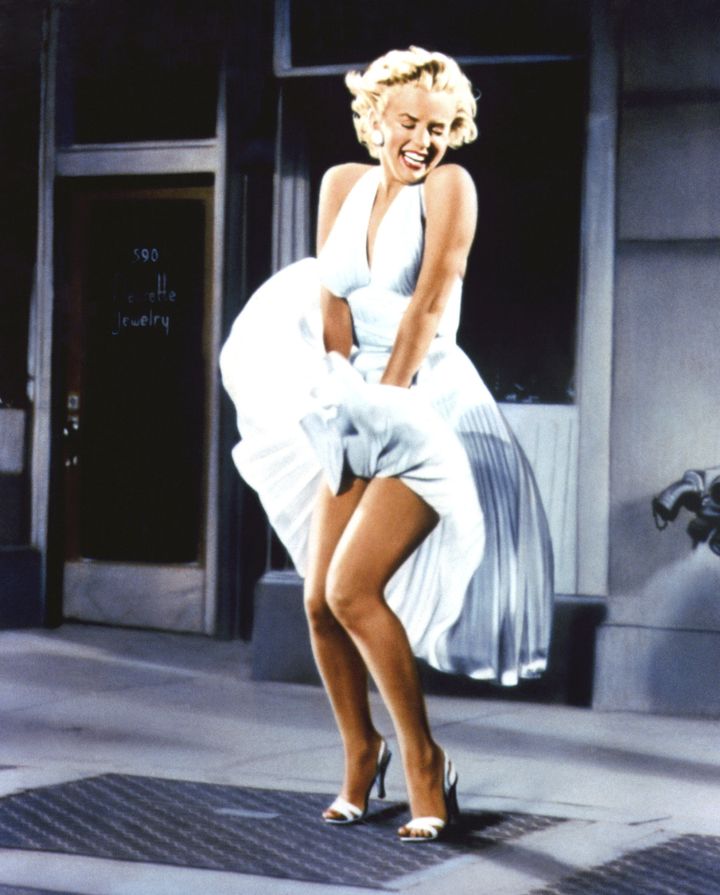
Famed anthropologist and feminist Margaret Mead once said that her most important attribute was the ability to be a student, to listen and learn from others. Marilyn also developed that ability in her quest to succeed as an actress and to find her true self. She constantly asked questions, read books, took several courses at UCLA, and stated that she wanted to go to Columbia University Law School, to become a lawyer and help the poor. Like Margaret, Marilyn often asked experts at the top of their fields for information -- about religion, politics, art and architecture, the theater. She was close to Lester Markel, editor of the Sunday New York Times. Famed acting teacher Michael Chekhov, with whom she studied, taught her about anthroposophy and other spiritual paths. She once even consulted a prominent financier about the stock market.
Both Marilyn and Margaret were sexually abused as children; both became sexual adventurers in later life; both had several husbands and many lovers. Margaret, who had a plain face and a whiplash intellect, isn't usually considered sexually appealing, but like Marilyn she had mesmeric eyes and a soft voice (when she wanted to) that attracted others.
Margaret believed in free love -- the doctrine that friendship is enhanced through sex. Its doctrines can be found in Havelock Ellis's The Art of Love, first published in 1905, one of the nation's most popular sex manuals for decades. Many avant-garde intellectuals practiced free love from the 1920s through the 1950s, although they kept quiet about it because of America's strong strain of sexual Puritanism. In Timebends, his autobiography, Arthur Miller recounts how Marilyn converted him to a belief that sexual behavior should be unfettered, although spouses should be faithful to one another. When she and Shelley Winters were young actresses, Marilyn once said, "Wouldn't it be nice to be like men and just get notches in your belt and sleep with the most attractive men and not get emotionally involved?" What woman hasn't had such thoughts? But Marilyn's list of ideal partners included older men of genius, like scientist Albert Einstein and acting teacher Lee Strasberg. According to Arthur Miller, "Marilyn didn't have a conventional bone in her body."
Did Marilyn and Margaret ever meet? Perhaps. By 1960 Margaret was often in Hollywood; her sister was married to screenwriter Leo Rosten, who was Ralph Greenson's best friend. Margaret came to Greenson's weekly salons, where he played the violin with a group of amateur chamber musicians and the guests discussed ideas. It's said that Margaret was the only person who could out-argue Greenson; in fact, her ideas about male insecurity and women's need for equality came to dominate his psychiatric theories after Marilyn's death. Marilyn sat in a corner at the soirees and didn't enter into the conversations, but it's possible that she and Margaret were at a session together. The week Marilyn died she was reading Rosten's novel about Greenson, Captain Newman, MD. That book might have led her to Margaret's writings and to a better understanding of her situation as a woman in a man's world. It had that impact on Ralph Greenson. (My knowledge of Margaret Mead is based on my 2003 biography of her.)